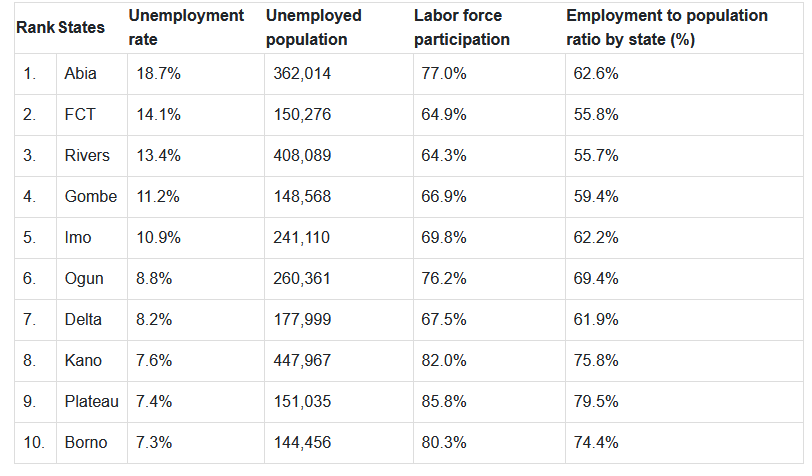Unemployment in Nigeria is a significant challenge that is harming its economic structure. As policymakers, economists, researchers, and individuals interested in Nigerian economic and social issues, we all have a role to play in generating sufficient employment opportunities to accommodate the large and growing young population entering the labour market annually.
The prevalence of youth unemployment in Nigeria is not just a statistic, it’s a cause for concern. It’s not just about the numbers but the extensive underemployment and the social dissatisfaction it breeds.
According to the National Bureau of Statistics (NBS), Nigeria’s overall labour force participation rate was 76.3% in 2023, equivalent to 88,940,861 people.

Of this total, 43,564,586 (77.4%) were men and 45,376,276 (75.2%) were women. Those with postgraduate qualifications had the highest participation rate at 90.8% (56,297,009), followed by those with post-secondary credentials at 87.9%, while individuals with primary education had the lowest rate at 65.6%.
Labour force participation indicates the proportion of a country’s working-age population actively involved in the labour market, whether employed or unemployed.
Although Nigeria’s overall labour force participation rate is 76.3%, 18 out of 36 states had rates equal to or higher than this figure. The report also revealed that 72.2% of people of working age were employed. Regarding residency, the unemployment-to-population ratio was 68.7% in urban regions and 77.3% in rural areas.
On that note, here are the ten states in the country with the highest unemployment rate.



